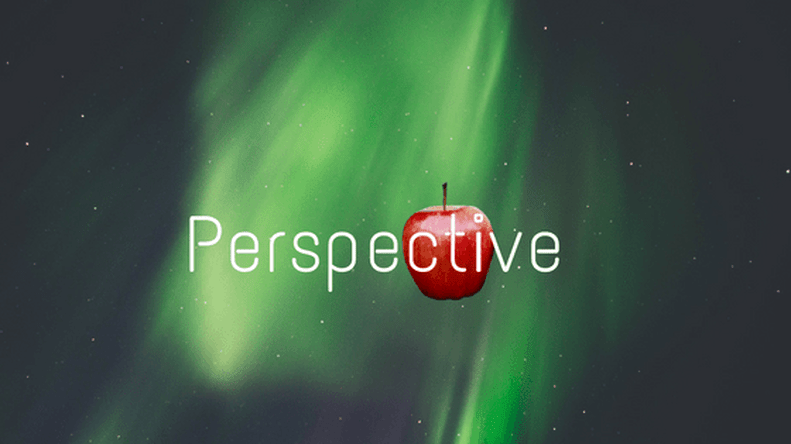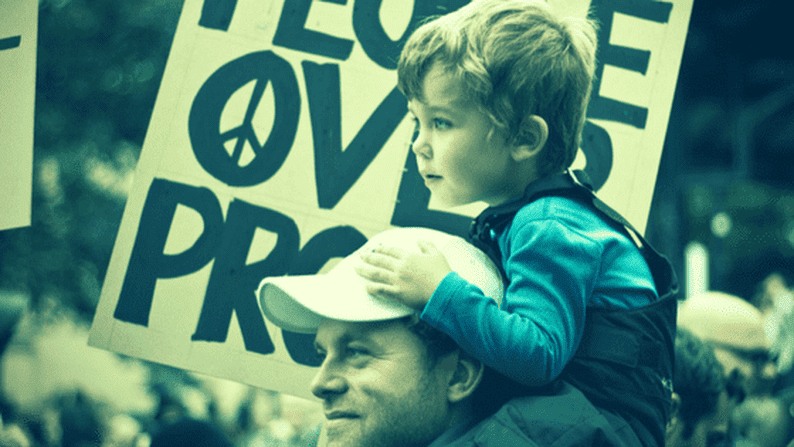It is difficult being in the outside position in any relationship. Children who move to a new school can feel like an outsider. People who visit a congregation for the first time can feel like an outsider. A spouse can feel like an outsider between a parent and child. In groups of people, if someone feels like an outsider they may seek revenge on others in the group.
Last month, a group of scientist reported on how revenge is linked to mood. A study of 154 people found that when individuals have an opportunity to exact revenge, their mood gets better. On the surface, this would seem to indicate that people seek revenge to increase their emotional state. If true, it begins to explain some of the behaviors of individuals who have experienced being an outsider. You can read more about the study here.
It’s a Triangle
In the 1950’s Dr. Murray Bowen began to develop a concept he called the triangle. The triangle is the basic structure of all relationship systems. A two-person relationship is unsteady when anxiety increases. A third party is always brought in during times of tension to balance out the relationship system. You can read more about the triangle in a recent blog post.
Bowen observed how difficult it was to be in the outside position of a triangle while the other two had a cozy twosome. The only exception to this rule is when there is a high degree of tension between the two inside positions. Otherwise, anyone in the outside position may take steps to break up the twosome and push one of them into the outside position.
In a way, revenge is a classic example of someone in the outside position making an effort to force their way into an inside position. The research suggests that there may be psychological benefits that stem from an emotional state of being in the inside position of a triangle. There may be a sense of security and well-being in the inside position that is associated with an increase in one’s mood.
The congregation’s role in welcoming outsiders
Congregations are home to millions of people who have experienced rejection in one form or another. Sometimes, congregations are the ones doing the rejecting. Some congregations practice a sort of bait and switch to newcomers. Visitors are initially welcomed but then required to adopt specific beliefs or dogmas if they want to continue to participate. In other words, you are welcomed for now, but you may not be later. Congregations try to balance their desire to welcome with an integrity of beliefs. To what extent can people participate in the life of the congregation if they do not adhere to the tenants and practices of a specific congregation? How much is a congregation able to tolerate when people do not adhere to the tenants and practices? What can people do when they experience rejection and find themselves in the outside position?
Millions, if not billions, of people around the earth are experiencing rejections in one form or another. Congregations can help people process their rejection. Instead of teaching congregations how to be welcoming, perhaps congregations could teach their participants how to handle rejection. What are the alternatives to revenge, gossip, shame? These automatic responses are part of the emotional process driven by fear and isolation.
Rejection is a normal part of life. A child’s first rejection comes from their mother who weans them off breast milk. Birds are rejected as they are forced out of the nest. The animal kingdom is full of examples of animals who experience rejection as a first step to being independent and moving on in life.
I’m certainly not suggesting that people who exclude, shun, or banish individuals are doing something natural. Those who violate the rights of others or who do not respect the life of another need to be held accountable. But what about those who overly rely on the help of others, or require the help of others to find emotional balance, or whose very existence is wrapped up in the existence of another? What about those who fuse to others to avoid the experience of rejection?
There is nothing unnatural about feelings associated with being left out. They are part of the experience of life. What matters is the way one reacts to these feelings. We can acknowledge the reality of feeling left out or rejected. Or we can get angry and seek revenge against another. We can think about the way anxiety travels through the family and creates the outside position of a triangle. Or we can take it personally and blame others.
There are choices we can make when we are feeling pushed out, or when we retreat from the group. Congregational leaders can provide leadership to those who feel like outsiders. The first step is to understand how triangles work in one’s families of origin. Part of this effort is to understand the functional aspects of the other two positions in the triangle. What is the other up against in dealing with me? How is anxiety functioning in this situation? How am I adding to the problem? What does it look like to be more responsible for my behavior?
Bowen believed that being in the outside position was ideal for understanding emotional process and for defining a self to the relationship system. He encouraged people to actively take the outside position while staying connected to others in the triangle. To the extent one is able to be comfortable in the outside position of the triangle, they stand a better chance of doing better overall in life. Others in the triangle will benefit as well. A coach can make a difference in this endeavor.





 RSS Feed
RSS Feed